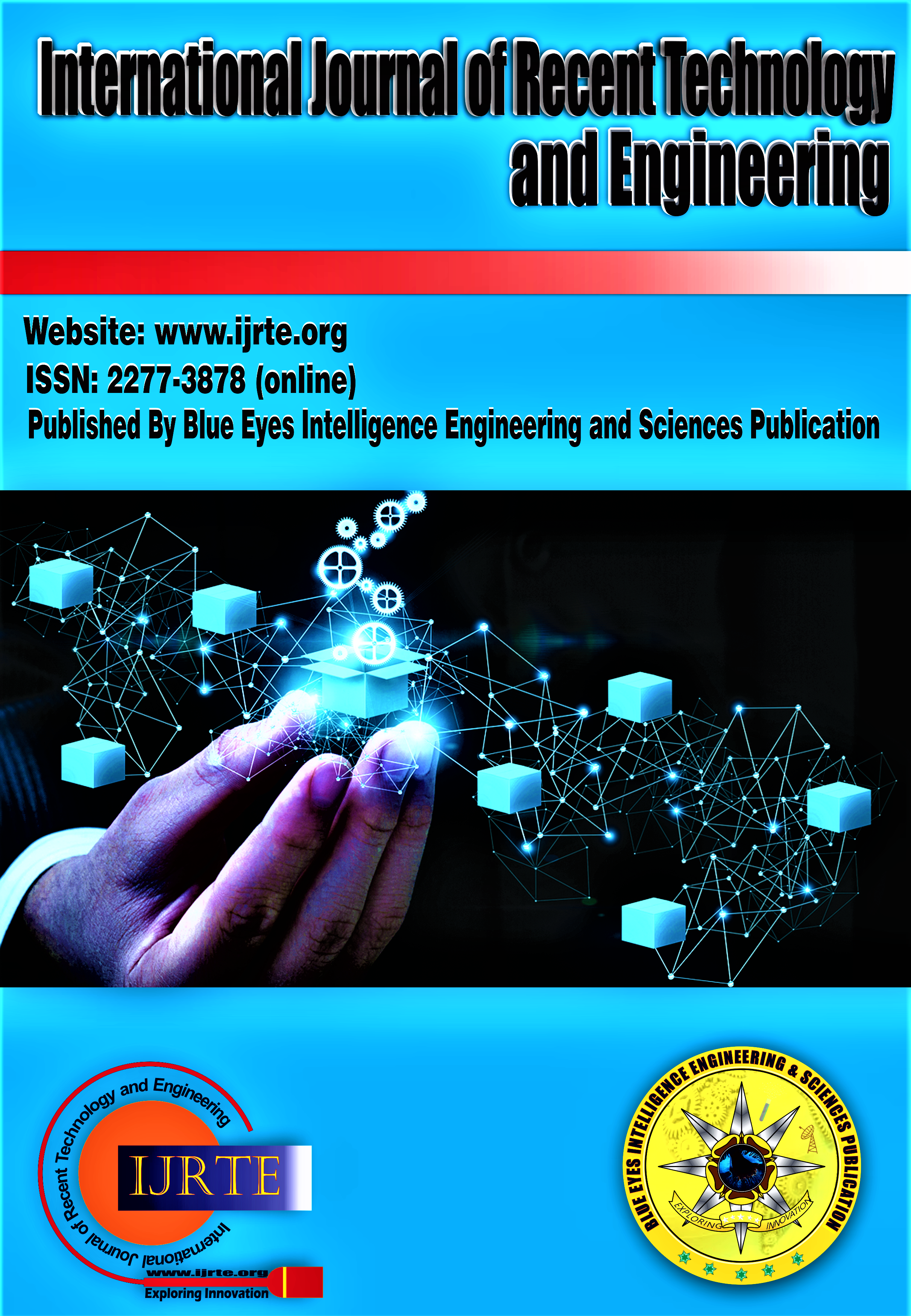Sentiment Analysis of Flipkart Product Reviews using Natural Language Processing
Main Article Content
Abstract
In this contemporary world, people depend more on ecommerce sites or applications to purchase items on-line. People purchase items on-line based upon the scores and evaluates offered by individuals that purchased items previously which identifies the success or failing of the item. Furthermore, business suppliers or manufacturers identify the success or failing of their item by evaluating the evaluates offered by the clients. In current system, a number of techniques were utilized to evaluate a dataset of item evaluates. It likewise provided belief category formulas to use a monitored discovering of the item evaluates situated in 2 various datasets. The proposed speculative methods examined the precision of all belief category formulas, and ways to identify which formula is more precise. Additionally, the existing system unable to spot phony favorable evaluates and phony negative reviews with discovery procedures. One of the most popular works was done “Bad” and “Outstanding” seed words are utilized by him to determine the semantic positioning, factor smart shared info technique is utilized to determine the semantic positioning. The belief positioning of a file was determined as the typical semantic positioning of all such expressions. Semantic Positioning of context independent viewpoints is identified and the context reliant viewpoints utilizing linguistic guidelines to infer positioning of context unique reliant viewpoint are thought about. Contextual info from various other evaluates that discuss the exact same item function to identify the context indistinct-dependent viewpoints were drawn out.
Downloads
Article Details
Section

This work is licensed under a Creative Commons Attribution-NonCommercial-NoDerivatives 4.0 International License.
How to Cite
References
P. Kalaivani and N.L. Shanmuganathan, “Sentiment classification of movie reviews by supervised machine learning approaches” in Artificial intelligence, vol.4, nos.4, Sept.2013, ISSN:0976-5166.
Saidah Saah and Bilal Saberi, “Sentiment analysis or Opinion mining: A review” in University Kebangsaan Malaysia, vol.7, nos.5, Halifax, Malaysia, October2017, doi:10.18517, ISSN:2088-5334.
Rajkumar S Jagdale, Vishal S. Shirsath, A. S. and Sachin Deshmukh, “Sentiment Analysis on product reviews using machine learning techniques” in book: Cognitive Informatics and Soft Computing, pp.639-647, January 2019, doi:10.1007/978-981-13-0617-4_61.
Sundus Hassan, Muhammad Rafi and M. Shahid Shaikh, “Comparing SVM and Naïve Bayes classifiers for text categorization with wikitology as knowledge enrichment” in Habib University, February 2012, doi:10.1109/INMIC.2011.6151495.
Nisha Jebaseeli A and E. Kirubakaran, “A Survey on Sentiment Analysis of Product Reviews”, in International Journal of Computer Applications, pp. 0975- 888, vol. 47, no.11, June 2012, doi: 10.1016/j.eswa.2020.113265.
Bing Liu, Minqing Hu and Junsheng Cheng, “Opinion Observer: Analyzing and Comparing opinion on the web”, in the 14th International conference, pp.575, May 2005, doi: 10.1145/1060745.1060797.
Ahmad Abdel-Hafez and Yue Xu, “A Survey of user modelling in social media websites”, of Computer and information science in the Queensland university of Technology, vol.06, no.04, pp: 59-71, September 2017, doi:10.5539/cis. v6n4p59.
Z. Kastrati, F. Dalipi, A. S. Imran, K. P. Nuci, and M. A. Wani, ``Sentiment analysis of students' feedback with NLP and deep learning: A systematic mapping study,'' Appl. Sci., vol. 11, no. 9, p. 3986, Apr. 2021, doi:10.3390/app11093986.





